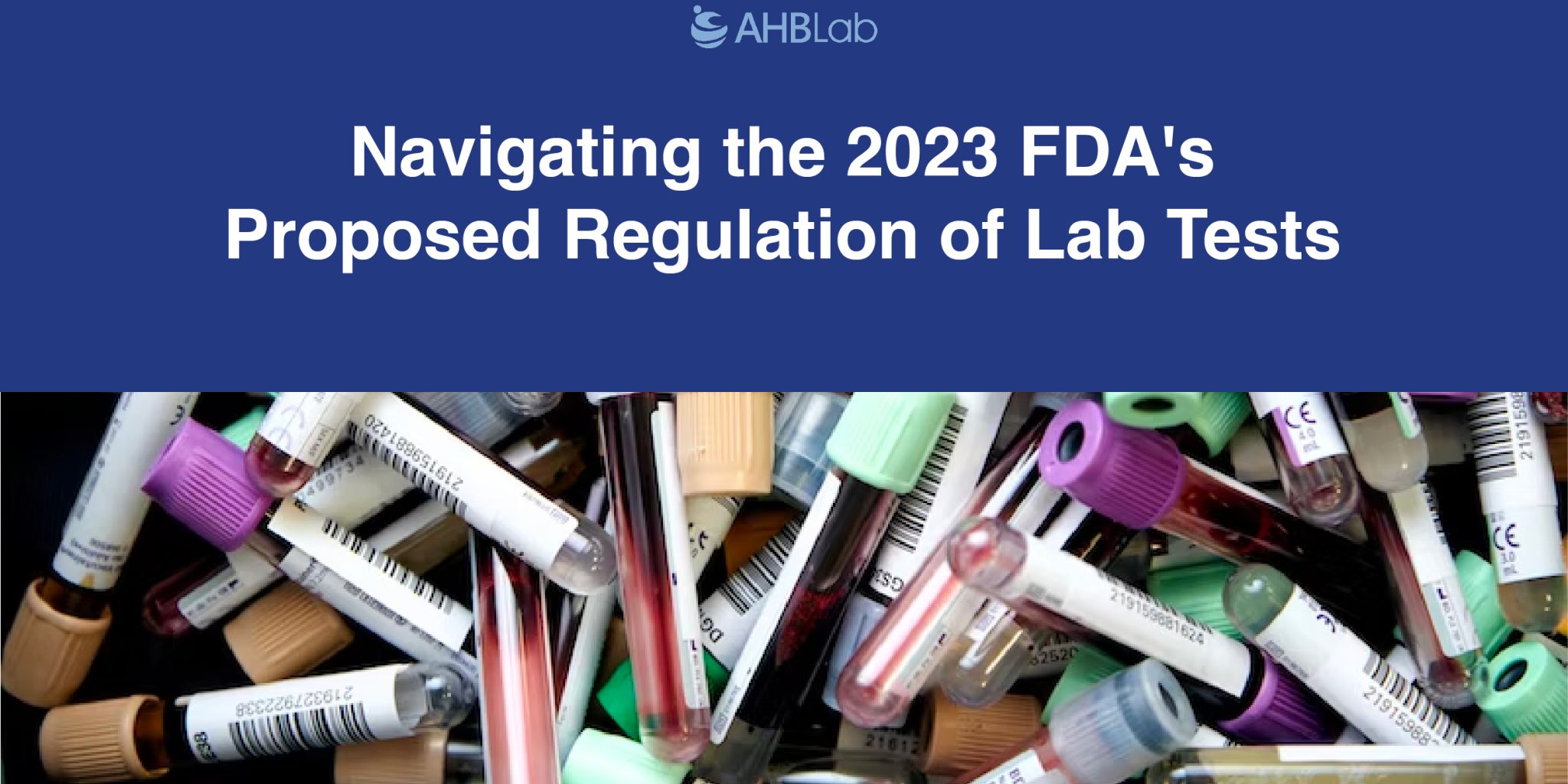The medical community faces a pivotal challenge with the FDA’s Proposed Regulation on lab-developed tests. This transformative proposal, which encompasses a broad range of diagnostics from prenatal screenings to advanced DNA analyses, has ignited a heated debate. At the heart of the discussion is whether this regulatory shift will enhance patient safety or impede access to vital medical tests. The balance between safeguarding health and fostering medical innovation is now under intense scrutiny. Check the link for more information.
Background of FDA’s Proposed Regulation
Historically, lab tests devised and utilized within individual laboratories have largely evaded FDA regulation. The agency’s new proposition marks a significant shift, driven by advancements in complex testing methodologies like gene sequencing. This decision stems from growing concerns over the accuracy and reliability of these tests, particularly those with significant health implications. The FDA’s move to bring about half of these tests under its purview reflects a response to the evolving landscape of medical diagnostics, where the accuracy and reliability of test results are paramount. This shift is indicative of a broader trend towards more stringent oversight in the healthcare sector, mirroring global movements towards enhancing patient safety standards.
Potential Benefits of FDA’s Proposed Regulation
Advocates for the proposal assert that increased regulation will safeguard patients from the risks associated with inaccurate test results. The FDA’s plan to categorize these tests as medical devices, based on varying risk levels, ensures a tailored approach to oversight. This perspective is championed by professionals like John Pfeifer, a surgical pathologist, who underscore the necessity of regulation for maintaining quality control and reliability in test results. The argument for regulation is anchored in the belief that a more rigorous review process will lead to higher standards in test development and execution, ultimately benefiting patient outcomes. Proponents argue that this move is not only a response to technological advancements but also an essential step towards ensuring that tests used in critical diagnoses and treatments meet the highest standards of efficacy and safety.
Concerns and Challenges
However, many within the medical and research community voice concerns about the potential stifling effect on innovation and test development. Critics like clinical pathologist Michael Mina label the proposal as impractical, considering the vast number of tests requiring vetting. Concerns extend to the potential delays in test availability, echoing the challenges experienced during the approval of COVID-19 testing. The apprehension is that the regulatory burden may impede the rapid development and deployment of new diagnostic tools, which are essential in responding to emerging health challenges. There is also a worry that the increased cost and complexity of compliance might discourage smaller labs and researchers from pursuing innovative testing solutions, potentially leading to a slowdown in medical advancements.
Impact on Research and Development
The proposed regulations could significantly affect research and development within the medical testing field. Researchers like Tim Jenkins of Brigham Young University express concerns over the feasibility of conducting extensive clinical trials for new tests. They fear that the lengthy validation process mandated by the new regulations could delay the introduction of innovative tests, potentially depriving patients of timely access to life-saving diagnostics. The challenge lies in balancing the need for rigorous testing and validation to ensure safety and accuracy, with the imperative to bring new, effective diagnostic tools to market swiftly. The debate highlights a fundamental tension in medical research: the need to innovate and advance rapidly while ensuring that new developments are safe and reliable.
Industry and Community Feedback of FDA’s Proposed Regulation
The FDA’s proposal has elicited a wide array of responses from the medical community, with nearly 7000 comments submitted. These responses encapsulate a diverse spectrum of viewpoints, underscoring the complexity and multifaceted nature of the issue. The feedback ranges from strong support for increased regulation to concerns about the potential negative impact on innovation and accessibility of tests.
Looking Ahead
With a planned phased implementation over four years, the specifics of the FDA’s regulatory approach remain a topic of speculation and ongoing discussion in the medical community. The ultimate impact of these regulatory changes is yet to be determined, but it is clear that they will significantly shape the future landscape of healthcare diagnostics.
Conclusion
The FDA’s proposal to regulate lab-developed tests is a pivotal moment for the healthcare industry. It represents a critical balancing act between ensuring patient safety through stringent testing standards and fostering medical innovation and accessibility. The outcome of this regulatory change will have far-reaching implications for the development and deployment of medical diagnostics, potentially redefining the way tests are created, validated, and utilized in patient care.
At AHB Lab, we extend beyond our expertise in peptides, embracing a commitment to continuous advancement in various technological fields. Our team is passionately dedicated to staying abreast of the latest innovations across diverse industries. We champion the philosophy of perpetual learning and groundbreaking innovation. Our dedication is not just internal; we’re eager to share our knowledge and insights with you. Stay tuned to our blog for regular updates, where we delve into the latest developments, providing you with essential information to keep you informed and at the forefront of the ever-evolving technological landscape.






